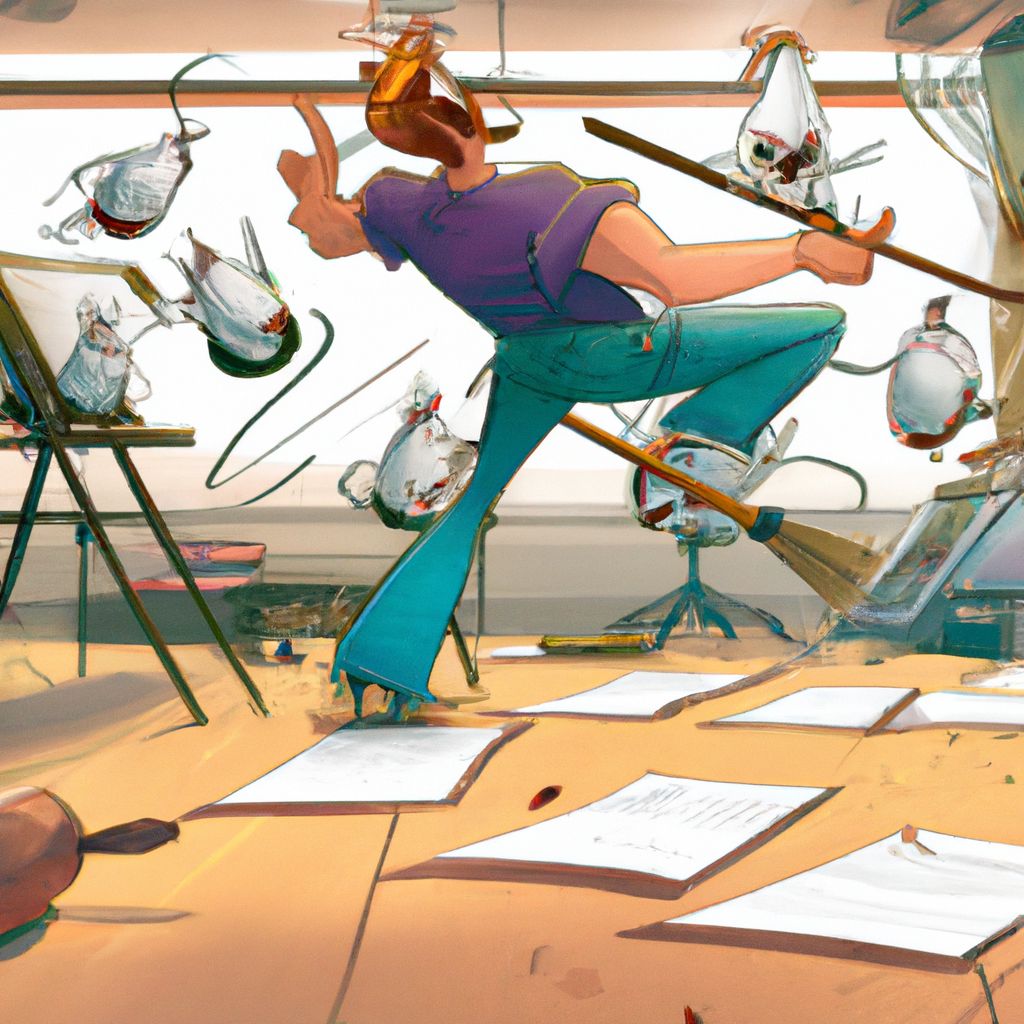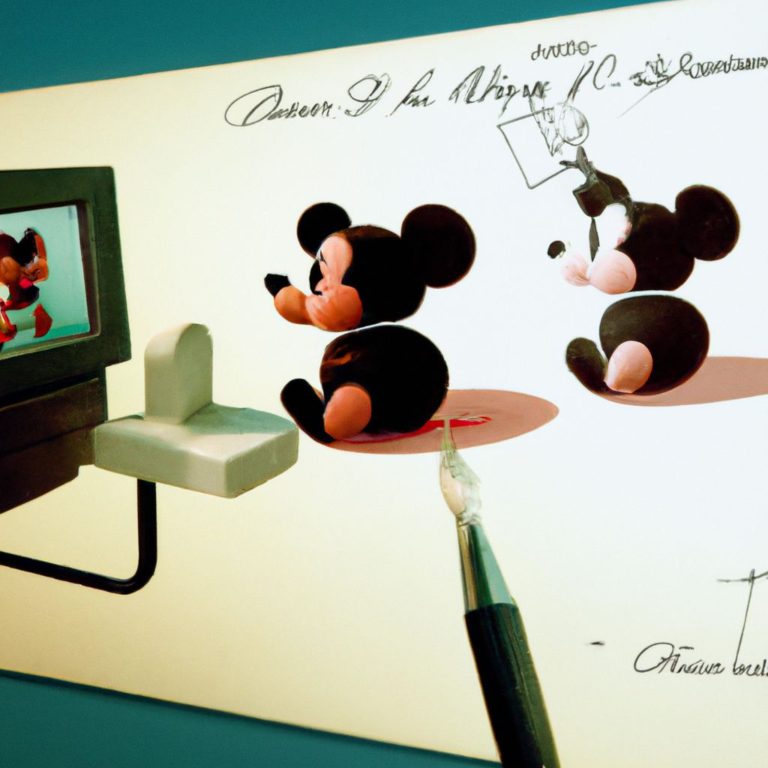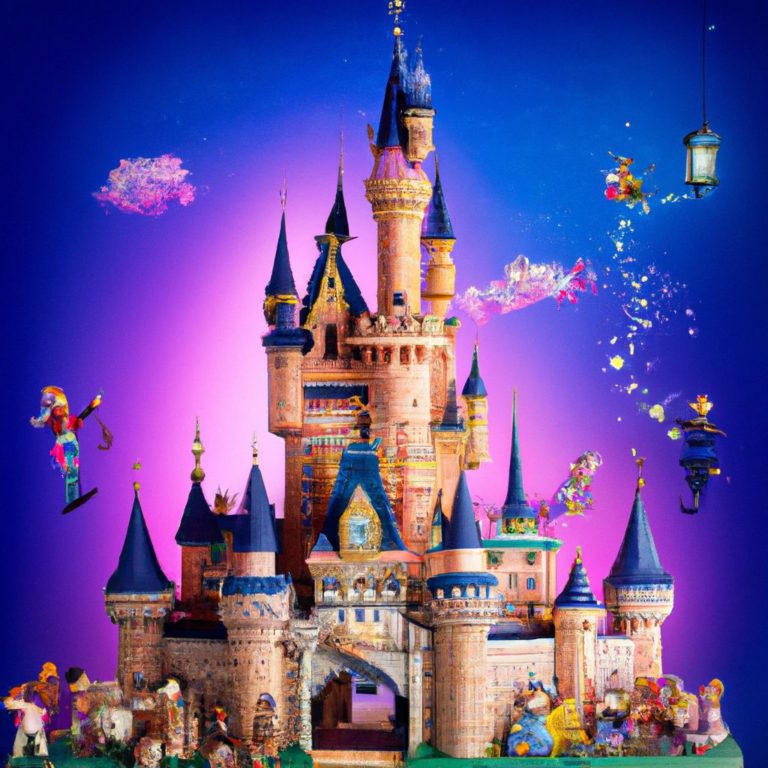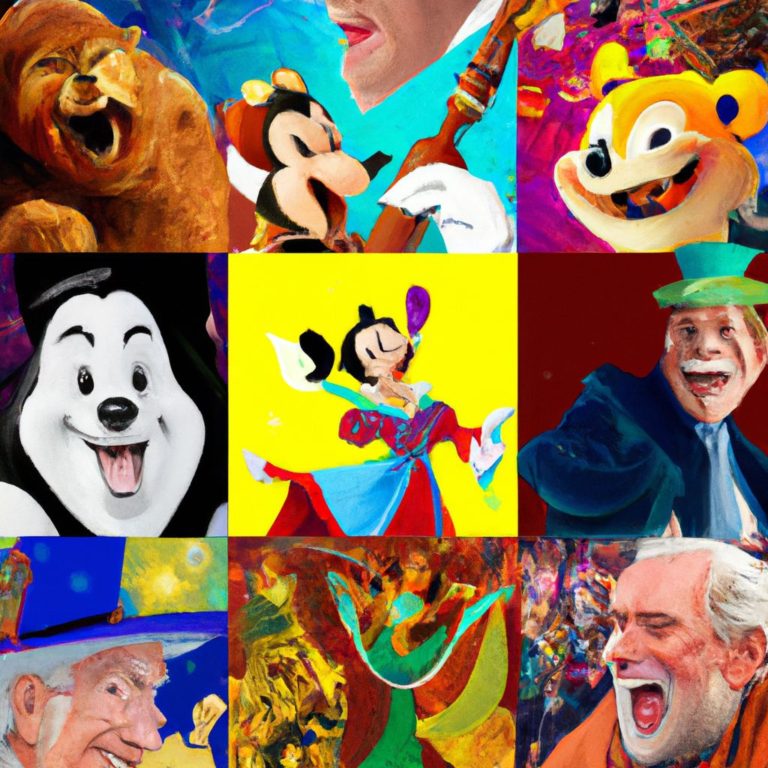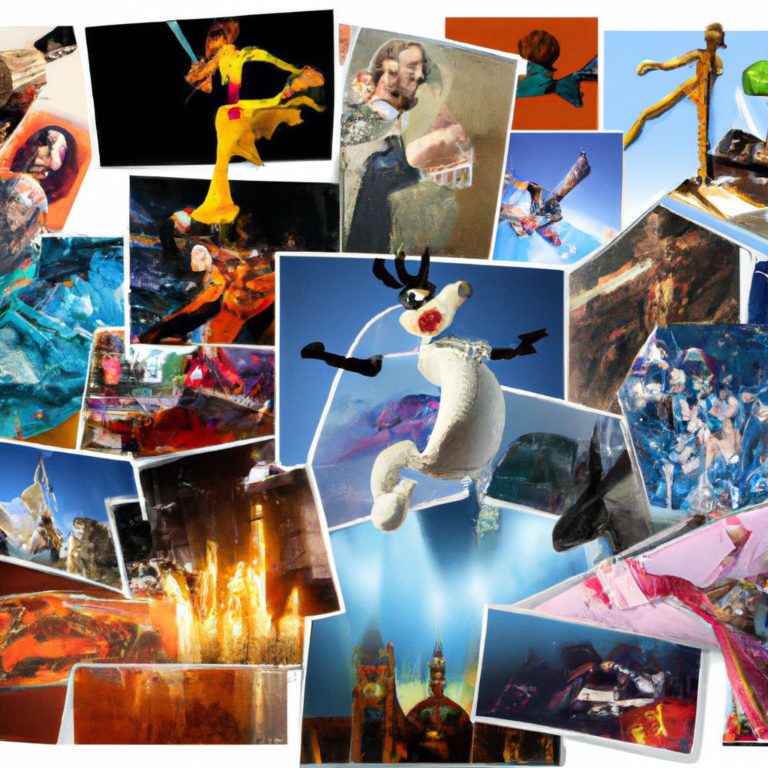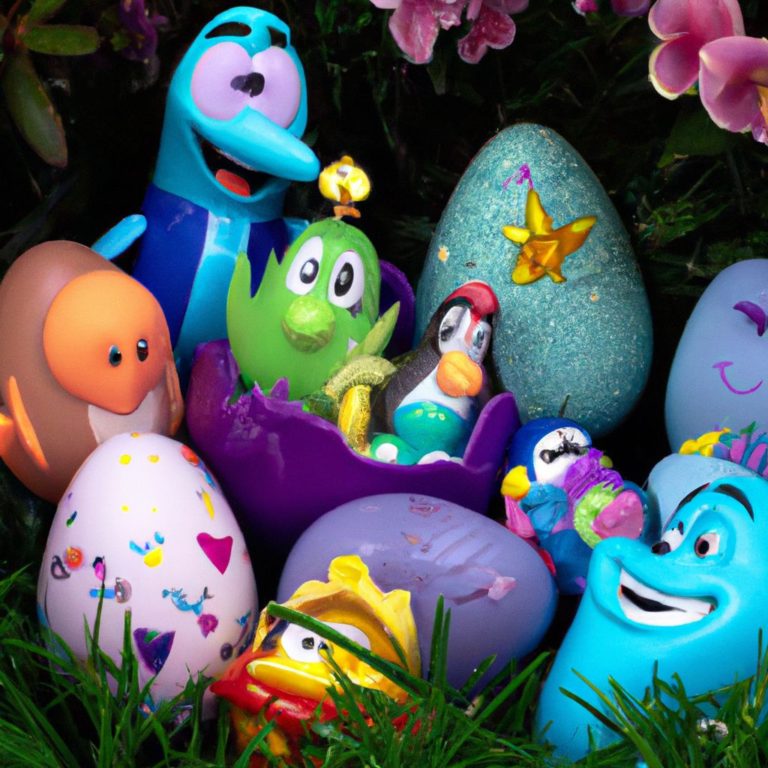Most Challenging Disney Scenes To Animate
- 100 Disney Facts That Might Surprise You - June 24, 2023
- Secrets Of Disneyland Attractions - June 24, 2023
- Real Life Inspirations Behind Disney Movies - June 24, 2023
Introduction
Disney has always pushed the boundaries of creativity and technology in animation. Their movies enchant audiences of all ages. But behind the scenes, animators face complex challenges to bring those magical moments to life!
Animating requires meticulous attention to detail and hours of hard work. Each movement and expression must capture the personality and emotions of the characters. Joyful dances or sorrowful moments must be perfectly animated!
Creating lifelike hair and fur is one of the most challenging aspects. Crafting strands that flow and react naturally takes intricate techniques and software. Hair-raising transformations and majestic manes take longer to animate.
Believable water effects are also difficult to recreate. Animating waves and ripples that interact with characters is a daunting task. But when done right, these scenes can evoke wonder and enhance the visuals.
Large crowd scenes present their own set of complexities. Animators must create individual movements for each character—all while maintaining a cohesive group dynamic. It’s time-consuming but essential for injecting life into the movie.
We must appreciate the effort behind these animated masterpieces. Every frame counts, and animators pour their hearts into their work. Without them, our beloved characters would remain static and the stories we cherish would lose their captivating charm.
Evolution of Disney animation techniques
Disney animation techniques have been a journey of innovation and creativity. From hand-drawn to CGI, Disney has been pushing boundaries. Here are some of the key milestones:
- Hand-drawn Animation – Each frame was drawn by hand.
- Multiplane Camera – Added depth by allowing layers to move independently.
- Technicolor – Color added a new dimension.
- Xerography – Drawings reproduced on animation cells.
- Computer Animation – Computers revolutionized animation with realistic and complex scenes.
- 3D Modeling and CGI – 3D models and CGI for stunning visuals.
Plus, Disney pioneered rotoscoping (tracing live-action footage frame by frame) and motion-capture tech (real-life movements applied to animated characters).
Animators need to keep up with tech and push creative boundaries. To animate realistic human characters? No problem! Just don’t forget their animated bellies.
Challenges in animating realistic human characters
Animating realistic human characters is no small feat. Every detail must move as it would in real-life to achieve lifelike movements and expressions. Animators must be aware of microexpressions, body language, and other subtle aspects of human behaviour.
Technical obstacles also exist. Modeling and rigging human anatomy is complex. Artists must capture bone structure, skin elasticity, and muscle movement.
Creating reality whilst also making characters appealing is a challenge. Skillful execution is needed to balance realism and design.
Take Disney’s “Frozen” for example. Animating Elsa’s magical powers was a unique hurdle. The team used figure skaters as references to capture the fluidity and grace required. Animating these sequences presents a mental challenge all its own!
Complex and intricate action sequences
To get an idea of the complexity of animating sequences, let’s look at some of the elements that make them hard.
- Intense choreography? Coordinating the movements of multiple characters quickly is a challenge.
- Fluid dynamics? Realistically animating fire or water adds another layer of difficulty.
- Gravity-defying stunts? Animators must find a balance between believability and accuracy.
- Detailed facial expressions? Making sure characters show emotion in action-packed moments takes careful attention.
These are just a few examples of the intricacies animators face. They must think about timing, weight, and physics to create amazing scenes.
But there’s more. Animators also have to work with unique details. For instance, simulating dust in a battle scene or portraying ripples in clothing as characters move quickly. These may not be noticed by viewers, but they add to the experience.
To appreciate animation complexity, consider the story behind Disney’s “Frozen”. Animators needed to perfect the ice palace transformation. Countless hours were spent perfecting the ice crystals and getting the reflections right. This hard work made the scene amazing and left people in awe.
Animating transformations is a tough Mario Kart level – Disney animators have the blue shell of challenges flying their way.
Transformations and magical sequences
Animating transformations and magical sequences is a complex task. From morphing characters to objects undergoing metamorphosis, each frame must be carefully planned to ensure a seamless visual transition.
Notable examples include the iconic ballroom dance scene in Beauty and the Beast where Beast transforms into Prince Charming, the vibrant “Friend Like Me” sequence in Aladdin where Genie showcases his shape-shifting abilities, and Elsa building her ice palace atop the mountain in Frozen.
Animators use various techniques such as hand-drawn animation or CGI to create these mesmerizing sequences. Other elements like lighting effects, particle systems, and texture mapping also play a role in enhancing the visuals. Research and reference gathering are also required to create believable transformations. For example, Pixar studied actual footage of bears for Merida’s transformation in Brave.
Transformations also hold incredible storytelling potential. They can represent personal growth, acceptance, or even triumph over adversity.
The Little Mermaid animators had the daunting task of bringing Ursula, the sea witch, to life. Combining traditional hand-drawn animation with innovative techniques, they successfully animated an intimidating yet captivating villain.
The world of transformations and magical sequences in animation is a challenging terrain for animators. Their dedication and creativity continues to amaze and inspire audiences, always leaving them looking forward to the next enchanting sequence. Disney proves they can make waves even without a swimming pool or a magic carpet!
Underwater and aerial sequences
Disney animators must account for fluid and weightless underwater movement. Their motions need to appear effortless but realistic. Reflection and refraction of light adds complexity. Aerial sequences require creative ways to capture freedom and exhilaration. Staying consistent is key, especially transitioning from land to water or air.
Behind each successful sequence is loads of dedication and innovation. For example, during the production of “Finding Nemo,” Disney struggled to animate sea anemones. To fix this, they researched at aquariums and marine biology institutes with remarkable attention to detail.
We must appreciate the skill and artistry behind each frame. Animators’ dedication ensures that these magical moments mesmerize us for generations. Do they secretly possess a magic wand? Or do they just really love staring into the void of despair?
Conclusion: Pushing the boundaries of animation in Disney movies
Exploring the limits of animation in Disney movies is a captivating task. The animators aim to make scenes that enthrall viewers with their skill and imagination. From incredibly lifelike character movements to spellbinding special effects, Disney films keep pushing the boundaries of animation.
One example is Princess Aurora’s transformation into Briar Rose in “Sleeping Beauty.” To make this transformation look natural, the animators had to be very precise with each movement and expression. It had to be seamless for it to be truly magical.
The ballroom dance sequence in “Beauty and the Beast” was also a challenge. This iconic scene combined hand-drawn animation with cutting-edge CGI. The animators had to overcome many obstacles to make sure that the traditional animation and digital effects were blended perfectly for a visually stunning display.
In “Moana,” animating water was a complex endeavor. To capture the dynamic movements of waves, currents, and splashes, the animators had to study real-life water physics and use advanced software tools to bring this oceanic journey to life.
Behind these groundbreaking animations lies dedication and hard work. For instance, Walt Disney himself taught his animators how to show emotions through facial expressions during the production of “Snow White and the Seven Dwarfs.” To do so, he organized acting classes for them, where they analyzed live-action footage frame-by-frame.

